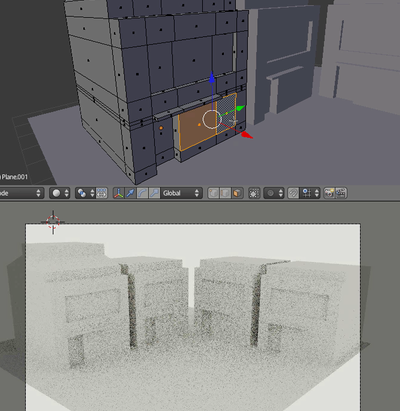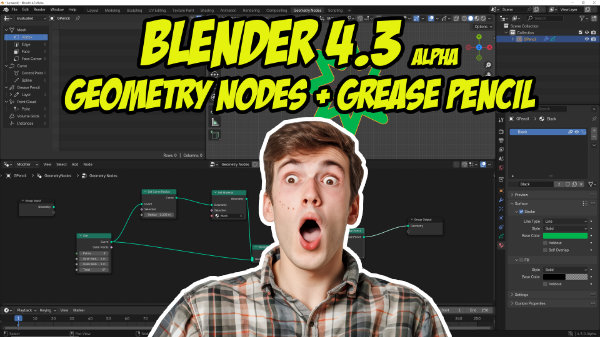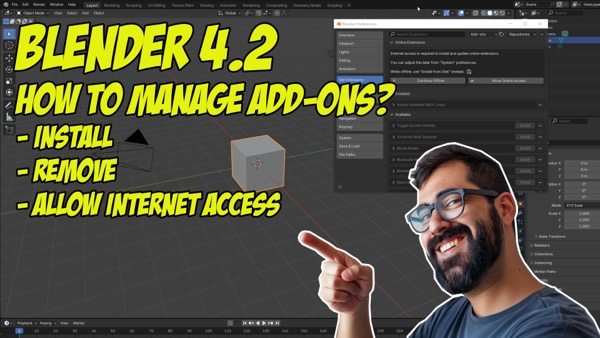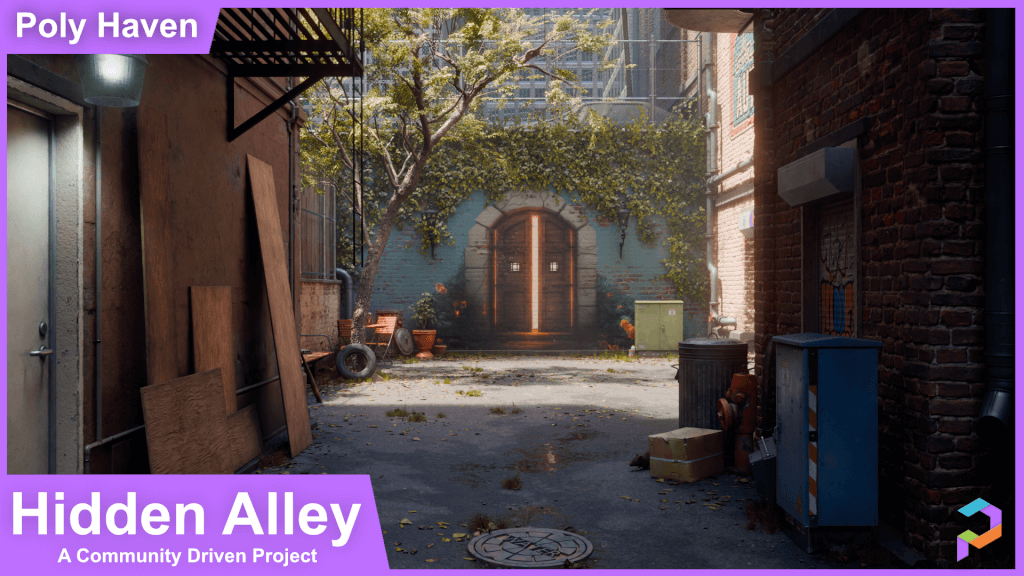
In the past few days a los of experimental versions of the new Blender render system called Cycles appeared at graphicall.org, and today I finally get my hands on one of those versions. And to show to you how Cycles works, I decided to record a quick video showing how to use Cycles. It is not a time lapse like, so you will be able to watch carefully all steps necessary to render anything with your GPU. First of all, there are a few things you should know before dig in Cycles:
- Apparently only the Sun Lamp works
- To make anything work, you have to enable Nodes
- With Cycles we can use Nodes for Lamps and the World
- Materials also need nodes to work properly
With those few points in mind, we can get started. To enable Cycles, you have to go to the Add-on panel and check the Cycles as a Render Add-on. Then just create a new division at the 3D View, and activate the Rendered mode as Viewport Shading.
Here is the video with all those steps:






Hm, nice to see.
I guess Brecht brings in some ideas from Octane 😉
I guess Cycles will never achieve the useability of Octane (even Octane is not usable for production use yet) because behind Octane is a strong team and behind Cycles is only Brecht at the moment, right ?
Kind regards
Alain
@Alain I think cycles will be different from octane..cycles have Blender development team and Brecht…
Theory based upon 25 years of work experience with PHBs both as employee and consultant: maybe Cycles contains the ideas Brecht wanted to add to Octane and was not allowed to because somebody had to keep his top-dog status. I have never seen a manager say: great idea, let’s build it! Their first and last words are always “no”.
Cycles has a big problem:
Cuda. Though i have a nvidia hardware it does not make any sense at all. Cycles must switch to opencl !!!!
It is as if blender uses directX instead of opengl and only runs on windows XD.
Also a big question is how does it compare to slg? Recently slg beta 1.8 released with a new pathgpu2 mode that really rocks :DDDDDDDD
It is damn fast.
I really hope it will be a bad-ass biased rendering engine!
It’d be amazing to reach at least remotely alike performance increase in the biased rendering as unbiased got with “liberation” of GPU processing power.
I think that Cycles will change a lot of things (for me this engine already changed a LOT in blender!) as it challenges thru different approach and is easier to setup (materials!!!) compared to lets say SLG. Also it forces user (like me) to finally take a look at Node Editor and how to deal with it. I really don’t want to go back to Yafa or even Luxrender having this tool. Even at this stage of early Alpha developement it works with emiters and lights so I guess some indoor visualisations are achievable (I hope Allan Brito will show some tips how to set it proper for eg.interiors) I’ve found that CPU mode is little bit slower than GPU mode but allowes to work smooth in blender ‘online’ with the scene and interface without stuttering while GPU couses it but is faster.
I do really hope Brecht & Co. in Blender Inst. will apply all unwanted (in Octane project) but original ideas and turn it into existing decent piece of code.